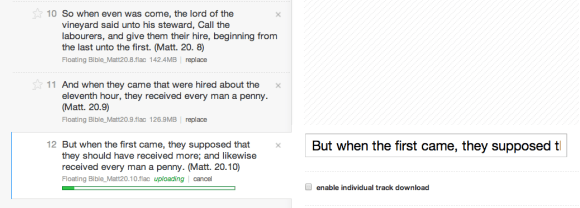I attended to financial matters arising from yesterday’s discussions with Martin before embarking on the spirit and technology lecture for the Art/Sound module. ‘The beginning is a very delicate time’ (David Lynch, Dune (1981)).
You can’t purchase a copy of The Portsmouth Sinfonia’s first studio album, released in 1970, for either love or money. I have the original pressing on a now scratched and static-laden vinyl record. (It was played to death.) Unfortunately, the YouTube releases are taken from a source that’s in a similarly desultory condition. The recording deserves to be remastered as a CD. The orchestra was formed by a group of students at Portsmouth School of Art under the oversight of the English composer Gavin Bryars. He selected not the most competent musicians but anyone — regardless of talent, instrumental ability, or experience — who had the requisite enthusiasm. They endeavoured to play as well as they could, which was often very badly. The orchestra included Brian Eno:
I took lunch at Figaro’s with my colleague Dafydd Roberts. He, too, suffers from an addiction to expensive metal boxes bedecked with little lights, knobs, and switches, and (like me) has a long-suffering wife. I invited him home to ‘play’. Dafydd once had his sonic endeavours aired on the John Peel Show:
I know of no one else who shares my enthusiasm for feedback, harsh noise, and the intrinsic beauty of a square wave signal. You do need at least one person in this world who’s confident that you aren’t one connection short of a circuit (in this respect, at least).
Having introduced Dafydd to my ‘toys’ and let him loose on them, I returned to financial matters and the spirit and technology lecture, and began assembling relevant slides from my conference papers on this topic:
The construction of the new bathroom is developing apace. The walls tiles will be brought in from the cold and scrutinized tomorrow:
At evening, after practise session 1, in the studio, I had a final twiddle of my Jomox T-Resonator before it is dispatched to a new home. Then I returned to Pedalboard I. I’m unconvinced about the bit-crusher’s place on the board. The most acceptable distortion that I can coax out of it sounds like I’m playing the guitar through an off-station, short-wave transistor radio. The effector will have to make a very persuasive case in order to stay there. 9.45 pm. My final hour of practise:



















































